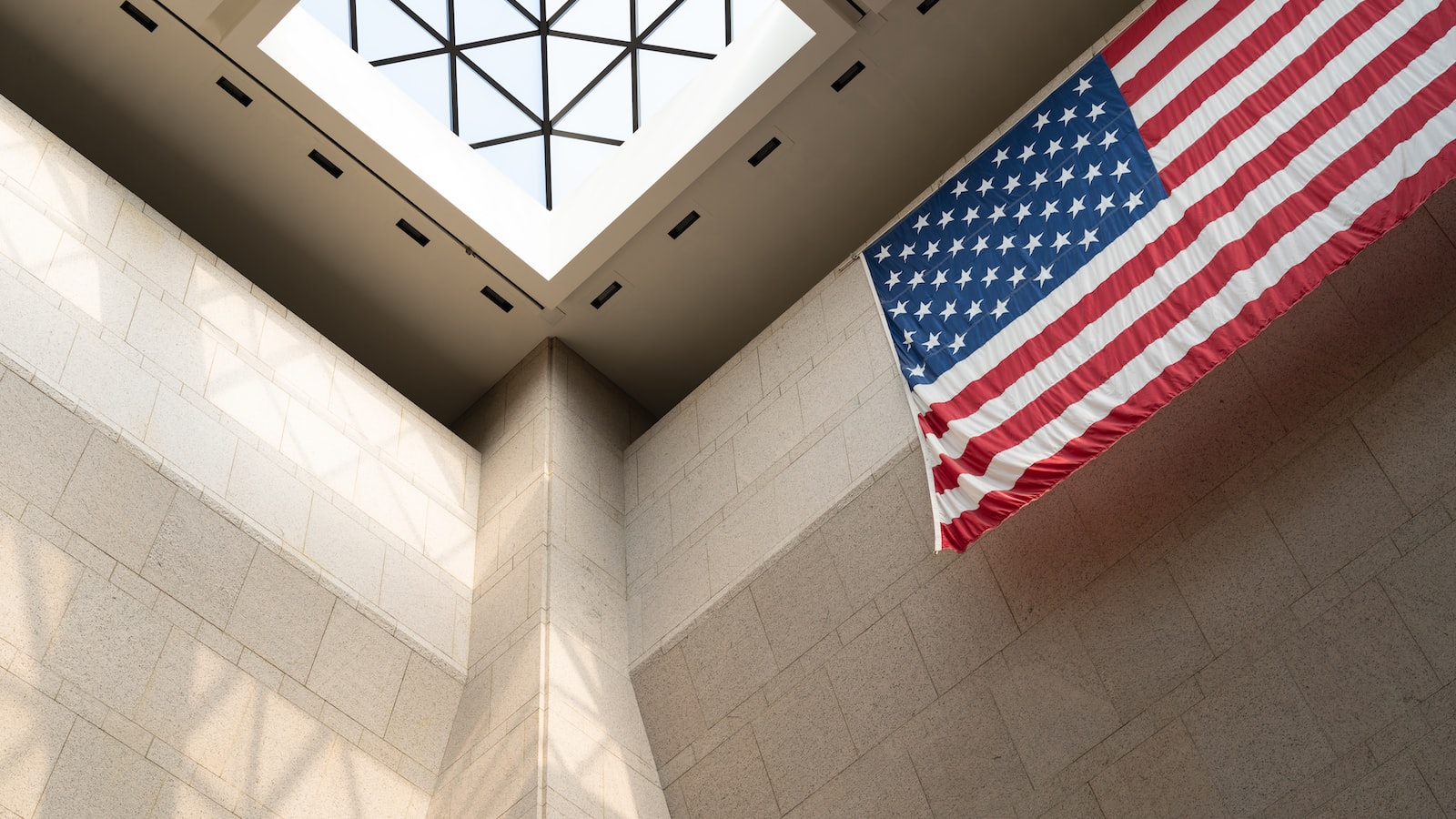The tenure of the 48th Chief Justice of India did not live up to the promise and the hope it held out at the beginning
The tenure of the 48th Chief Justice of India did not live up to the promise and the hope it held out at the beginning
Justice Nuthalapati Venkata Ramana was the 48th Chief Justice of India (CJI) and only the second judge from Andhra Pradesh to occupy this position after Justice K. Subba Rao in 1966-67. He was appointed to the High Court of Andhra Pradesh in June 2000 while the Bharatiya Janata Party-led National Democratic Alliance was in power and came to the Supreme Court in February 2014, being among the last judges to be appointed by the Congress-led United Progressive Alliance Government. His tenure as CJI for one year, 124 days began with widespread hope that an extremely strong executive would be held accountable and that the most pressing constitutional issues of our times would be heard and adjudicated upon. However, as is evident now, that did not play out and it ended up being a tenure that promised so much and delivered very little on those fronts.
Institutional malaise
One of the most striking faultlines of Justice Ramana’s leadership came from his own farewell comments. For an outgoing CJI to acknowledge and apologise for the breakdown of the listing and posting of cases speaks to a far deeper institutional malaise. It is curious that he apologised for not paying much attention to the listing process and it is just as curious that Justice U.U. Lalit, the incoming CJI, immediately identified reforming the listing process as an urgent area of concern. The stark contrast in prioritising the listing process for course correction presents a very odd picture for those of us who watch the Court from outside. While this might seem insignificant to laypersons, it is exactly these listing and allocation processes that decide what gets decided in the Supreme Court and who decides it.
Also Read
To effectively understand Justice Ramana’s legacy, it is important to understand the prevailing situation in the Supreme Court when he took over as the CJI. After the various controversies that plagued the tenures of Justices Dipak Misra, Ranjan Gogoi and S.A. Bobde as CJIs, the Supreme Court was considerably weakened as an institution. The lead up to his CJI tenure in the early parts of 2021 and first few months as CJI were seen as hopeful indicators of a resurgence. Orders on bail under Unlawful Activities (Prevention) Act (UAPA), fixing gaps in dowry death law, medical assistance to Siddique Kappan and powerful speeches on criticism, dissent in a democracy, and the need to guard against tyranny were sources of hope.
Largely disappointing
However, Justice Ramana’s judicial contribution as CJI was disappointing. His orders keeping the sedition law in abeyance and preventing its further use until its constitutional validity was determined will perhaps be his most lasting judicial legacy as CJI. His judgment striking down provisions of the Benami Transactions (Prohibition) Act for arbitrary and overbroad criminalisation is also significant but it is obvious that Justice Ramana avoided constitutional questions that were political minefields. Cases on electoral bonds, the constitutional validity of the Citizenship (Amendment) Act, dilution of Article 370, hijab ban in schools, reservations for Economically Weaker Sections, and Aadhaar amendments raised important constitutional questions that needed urgent resolution but were not listed.
The hearings on Pegasus revealed the extent of the difficulty currently faced by the Court in getting answers from the executive. The manner in which only very limited parts of the Pegasus committee’s report were revealed continues the troubling trend of secrecy and opaqueness in fact finding in such matters. Complicating this approach was the rather inexplicable prioritisation of the ‘freebies’ case in the last few days of his tenure. In an issue where the Court’s jurisdiction and competence are rather doubtful, spending crucial judicial time on it sent rather odd signals.
Also Read
In many ways, his judicial legacy as a judge of the Supreme Court seems to carry more weight than his legacy as the CJI. Justice Ramana’s orders on Internet restrictions in Kashmir, bringing the office of the CJI under the Right to Information (RTI) Act and his track record on the death penalty all indicated potential for deep constitutional thinking that was not delivered upon ultimately. In particular, his judgment in Accused X pushed the law forward on the manner in which issues of mental illnes
Read More

